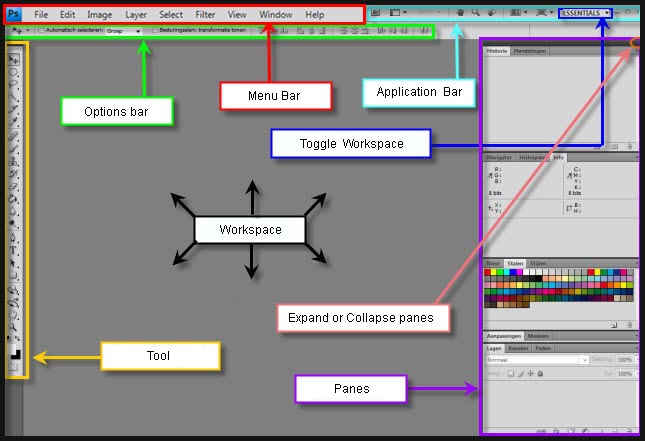

You can set the " Opacity" of the shadow to any value that you want to. You should take this time to experiment with the other " Blend Modes" Also, try changing the drop shadow color by clicking on the black square next to the blend mode drop down menu. This gives a more realistic shadow effect.

For drop shadows I usually use the " Blend Mode" default of " Multiply" which makes the colors under the shadow darker instead of putting a black (or any other color) transparent shadow over the background. Select the " Drop Shadow" by clicking on it and the options on the right will change. I'll let you play with the rest of the options on your own, they are more of an advanced adjustment and you probably won't use them until you get a better grasp of the program. If you set the " Knockout" to " Deep" you will effect every layer below the selected layer, weather it is in a group or not in a group, stopping when it finds the last layer. By setting it to " Shadow" you will effect all layers below the selected layer, creating a " Transparent Hole" using the transparency of the layer, stopping at the last layer of the " Group Set" or until it finds the last layer of the project. If you set the " Knockout" to " None" it will only effect only the object. If you apply a drop shadow and adjust the " Fill Opacity" to 50% the shadow settings are unaffected as the object will have a 50% transparency.
#PHOTOSHOP CS4 FREE LESSONS FULL#
Unlike the " Layer Opacity", the " Fill Opacity" adjusts the object only, allowing the effects to be full strength. " Advanced Blending" applies effects globally to the object on the selected layer. I'd suggest that you try them out to see what they do for now and later we'll be using them more in depth in other tutorials. Some of these options will only be noticed if you have a layer below the layer that you are adjusting. You can also change the " Blend Mode" to effect the layer's " Hue" or add a " Screen" to it. For instance, if you want the overall layer to be somewhat transparent, you would slide the " Opacity" lever to the left or type in a value, like 50% into the box. The first two options or " General Options" can also be found at the top of the " Layers Palette" they deal with the basic appearance of the selected layer. You can also "right Click" on the layer to open the Layer Options drop down menu and select " Blending Options" from there.


If you " Double-Click" next to the layers name (not on the name because that will highlight it so that you can change it), you will see a dialog box of "Blending Options" (or standard filters) that can be applied to the layer. Later we'll talk about " Plug-ins" and " Filters" But let's go over what the others do and how they are applied. Actually, the drop shadow is about all I ever use. I use the " Drop Shadow Style" all of the time because I like a lot of depth in my designs. Half of them you will never use but if you don't know what they do, you won't use them at all. There is so much to know about " Layer Styles" that we'll give it it's own tutorial.


 0 kommentar(er)
0 kommentar(er)
